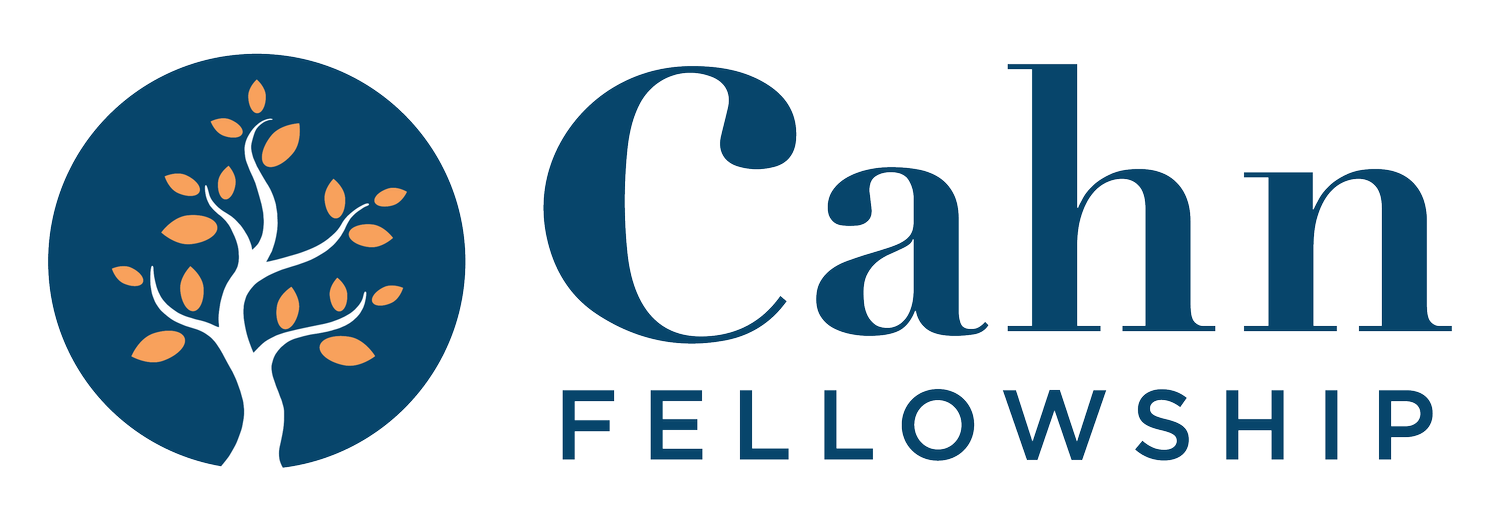Restoring Trust Post-Pandemic at an Urban Public High School
Dr. Paul Karafiol • Cahn Fellow 2022
Trust is widely understood as a key resource of effective organizations, particularly schools (Bryk & Schneider, 2004; Covey, 2006; Tschannen-Moran, 2014). At an urban public school with more than 100 staff and 1300 students, trust is particularly essential because it is physically impossible for any one person to personally communicate with every single person who is impacted by their actions and decisions. Instead, we rely on broadcast emails, town hall-style meetings, and tiered 1-1 communications through department chairs and other internal leaders. Since at least 2000, Lake View High School has historically had low trust between staff, students, and administrators, but in 2021-2022, the first year after the pandemic, the lack of trust between all these groups was palpable. As a veteran principal and a new assistant principal, I and my ally set out to understand the specific areas in which trust had been eroded and what steps we could take individually, as an administrative team, and as a school community to restore that trust. This paper documents our internal research and the steps we took last year and this to restore trust between staff and administrators, and among staff members. We begin with a description of the school’s current and historical context in Chicago and Chicago Public Schools and the history of our leadership. We use Tschannen-Moran’s (2014) work to establish a theoretical framework for our investigation. We then describe the historical events that we believed impacted trust at Lake View, the process by which we researched the current state of trust at the school, and our research findings. Finally, we describe the steps we took and are taking to re-establish trust between staff and administrators and among staff members.

